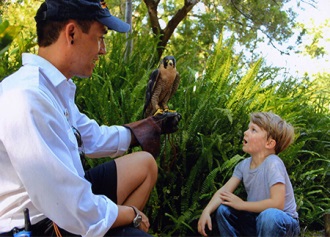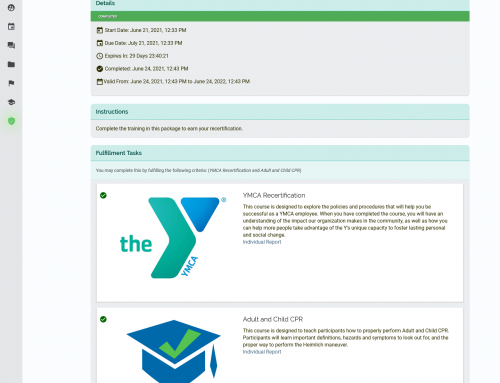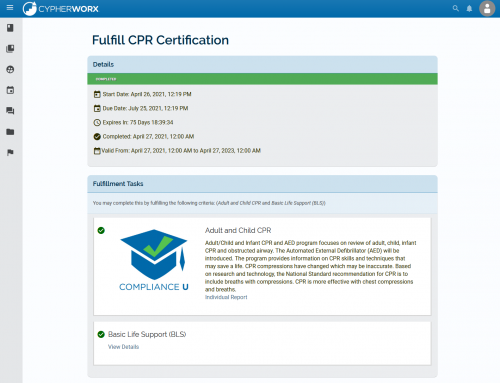One of the things I love about being an eLearning course developer is that we often find ourselves working on a wide range of courses of varying subject matter, coupled with an equally diverse audience. One of the biggest challenges we face when building a course is identifying and selecting what images to use that will both complement the course material and enhance the learner’s experience. How many hours have you spent searching for the “perfect” image, only to wade through a sea of standard stock photos? You know the ones I’m referring to: the smiling receptionist, the group of professionals gathered excitedly around a computer screen, the bullseye with a dart sticking out of the middle, the overused bar graph and rising arrow. We’ve seen these same images used countless times on websites, TV commercials, web ads, and, yes… in online courses.
In an environment where we are faced with deadlines, time constraints, and a limited budget, it’s often a tempting prospect to just grab an image, drop it into the slide, and move on without giving much thought about how well it ties in with the content or how it will impact the learner. Pictures, images, and graphics should be considered as equally important as the content we use in the course, not just filler to break up a block of text. A well-planned and relevant image can tell a story far faster than text. A well-planned image coupled with content can also invoke powerful emotions for the learner. So it is important that we develop practices that help us identify and select images that will enhance, engage, and reinforce the course material for our learners.
Use images that are compatible with your course.
One of the first things I do before searching for an image is to read, reread, and digest the material. It is important that you identify what it is that you want the learner to absorb from the content. What are the details or ideas that you want the learner to remember well after they have taken your course? Understanding what it is that you want the learner to retain should then help you understand what type of images you should look for to pair with the content. Even if a concept or idea is hard to grasp, coupling that idea with an appropriate image can make it easier for the learner to recall that concept or idea by drawing on the image from their memory, rather than remembering the exact content. Conversely, using an image that has little or no compatibility to the material may confuse the learner, or cause them to lose interest in retaining the information.
Use images that draw on emotion.
Every picture can tell a story, but a well-thought-out picture, coupled with the course material, can elicit a greater response by drawing upon and engaging with the learner’s emotions. The key is to gain an understanding of your audience. Don’t try to over-hype the content, or force a reaction out of the learner by using overtly charged pictures. Find a balance that conveys the message and touches on emotion. In a recent course I developed about program animals in zoos, I had to come up with a splash image for the opening slide of the course. We had many options to choose from, including various animal handlers holding animals while facing the camera, and pictures of the handlers in front of a group of people. But the image below jumped out at me. It captured and conveyed the overall feel of the course. The expression of awe and wonder on the young boy’s face helps elicit an emotion far better than any other stock image we could have used.

Trust your intuition and use available resources.
Lastly, listen to your “gut feelings” when looking for appropriate images. If you see an image that is repetitive, or looks like it has been used in every other online media campaign, then chances are it has been, and you shouldn’t even consider using it. Also avoid dropping in clip art or “weak” images just to fill in space or to break up content. Make sure your image has a purpose for being included on that slide. Strive to be creative and different with your images, and take advantage of tools you have at your disposal. Recently, I worked on a course about customer service skills on the telephone, and after spending hours searching the popular stock image sites and seeing the same overviewed images of smiling people in over-acted depictions, I grabbed my smart phone and asked my co-workers to sit in and pose for some pictures. I was able to control how they sat, where they looked, and what they were doing. With a little Photoshop touch-up, I was able to use a unique image that was far better than the ones being sold on the stock photo websites.

It’s all too easy to think of images as add-ons to fill out space in a course, or to break up a block of text. Take the time to understand the course material, the learning points, and the audience so that you can provide meaningful and effective images for your eLearning course. Not only will you have developed a well-rounded and thought-out course, but you will have provided a meaningful, lasting experience for the learner.






